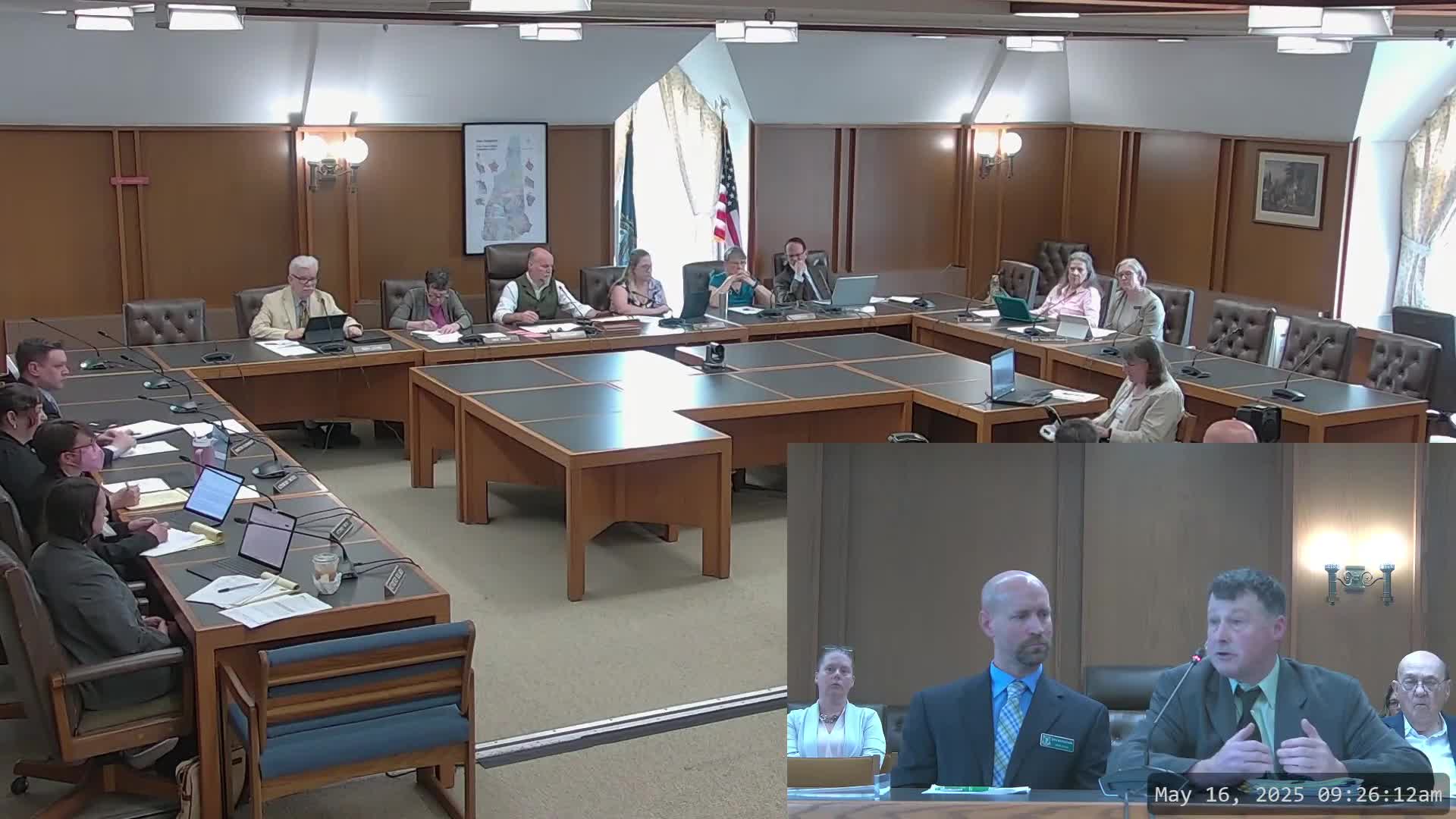New Hampshire Fish and Game reviews furbearer management amidst declining population trends
May 17, 2025 | Administrative Rules, House of Representatives, Committees , Legislative, New Hampshire
This article was created by AI summarizing key points discussed. AI makes mistakes, so for full details and context, please refer to the video of the full meeting. Please report any errors so we can fix them. Report an error »

In a recent meeting of the New Hampshire Legislature's Joint Legislative Committee on Administrative Rules (JLCAR), discussions centered on the management of furbearer populations, particularly in light of new data collection efforts. The committee reviewed the current status of furbearer management, which relies heavily on data from hunter surveys and catch per unit effort metrics.
Officials reported sending out 10,000 surveys annually to hunters and trappers, receiving around 600 responses from each group. While this data provides some insights, concerns were raised about the declining participation rates in trapping, which could affect the reliability of the catch per unit effort data. The committee acknowledged that while this method has been a standard for furbearer management, the low participation could lead to misleading trends.
To address these issues, the New Hampshire Fish and Game Department has secured $2 million in federal funding for two research projects aimed at assessing furbearer abundance and validating current data collection methods. The results of this research are expected in June and will inform future management decisions.
The committee also discussed the moose lottery, noting that approximately 6,000 to 7,000 people apply for about 35 permits each year. As the department updates its 10-year management plan, there is potential for changes in permit allocations based on new research findings.
Public testimony during the meeting highlighted concerns about the effectiveness of current data collection methods and the need for more responsive management practices. One speaker emphasized the importance of long-term data trends, warning against relying solely on recent survey results, which may not accurately reflect population changes over time.
The committee concluded that while the current rules would remain in place for now, there is flexibility for the Fish and Game Department to amend them based on new data. This approach aims to ensure that wildlife management decisions are informed by the most accurate and comprehensive information available, ultimately benefiting both the environment and the community.
Officials reported sending out 10,000 surveys annually to hunters and trappers, receiving around 600 responses from each group. While this data provides some insights, concerns were raised about the declining participation rates in trapping, which could affect the reliability of the catch per unit effort data. The committee acknowledged that while this method has been a standard for furbearer management, the low participation could lead to misleading trends.
To address these issues, the New Hampshire Fish and Game Department has secured $2 million in federal funding for two research projects aimed at assessing furbearer abundance and validating current data collection methods. The results of this research are expected in June and will inform future management decisions.
The committee also discussed the moose lottery, noting that approximately 6,000 to 7,000 people apply for about 35 permits each year. As the department updates its 10-year management plan, there is potential for changes in permit allocations based on new research findings.
Public testimony during the meeting highlighted concerns about the effectiveness of current data collection methods and the need for more responsive management practices. One speaker emphasized the importance of long-term data trends, warning against relying solely on recent survey results, which may not accurately reflect population changes over time.
The committee concluded that while the current rules would remain in place for now, there is flexibility for the Fish and Game Department to amend them based on new data. This approach aims to ensure that wildlife management decisions are informed by the most accurate and comprehensive information available, ultimately benefiting both the environment and the community.
View full meeting
This article is based on a recent meeting—watch the full video and explore the complete transcript for deeper insights into the discussion.
View full meeting
